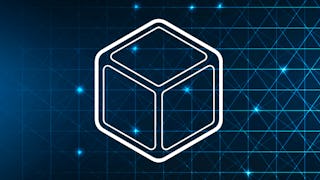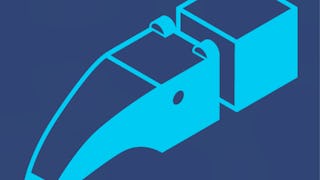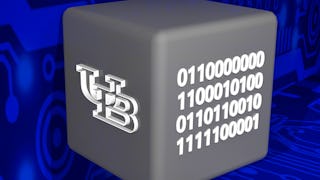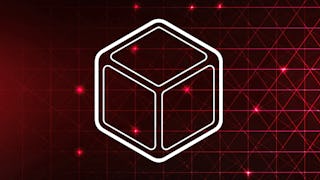Before diving into an in-depth study of blockchain and cryptocurrency technologies, this course can provide high-level explanations and practical examples that can be easily understood and applied by individuals who do not have a blockchain background. These explanations will relate to blockchain and cryptocurrency concepts and how they can be utilized in real-world scenarios.

Gain next-level skills with Coursera Plus for $199 (regularly $399). Save now.

Recommended experience
Skills you'll gain
Details to know

Add to your LinkedIn profile
26 assignments
See how employees at top companies are mastering in-demand skills

There are 7 modules in this course
This module covers the background of blockchain's emergence, addresses issues in centralized systems with blockchain, and provides examples of potential uses across various industries.
What's included
4 videos4 assignments
Bitcoin : This module provides the background of Bitcoin's emergence, discusses key technologies of Bitcoin, and explains the process of Bitcoin mining and compensation. Ethereum : This module identifies the problems associated with Bitcoin and introduces Ethereum as a solution, while also comparing the two cryptocurrencies and explaining the unique characteristics of Ethereum.
What's included
5 videos5 assignments
This module provides a comparison of the characteristics between public and private blockchains, describes EOS, a third generation blockchain, compares existing blockchain platforms with Hyperledger Fabric and explains its features, and outlines the characteristics of ICON, another 3rd generation blockchain.
What's included
4 videos4 assignments
This module explains what distributed consensus means and why it is needed in blockchain. Popular consensus algorithms such as PoW, PoS, BFF and BPFT are explained and compared.
What's included
4 videos4 assignments
This module explains the meaning and characteristics of tokens, token economy, ERC standards commonly used in Ethereum, discusses the characteristics of stablecoins , and describes central government-issued CBDCs.
What's included
4 videos4 assignments
This module discusses blockchain wallets and their types, compares cryptocurrency exchanges to stock exchanges, explains centralized and decentralized exchanges, explores ICO, IEO, and STO as financing methods for blockchain projects, and provides examples of decentralized finance (DeFi).
What's included
4 videos4 assignments
What's included
1 assignment
Instructor

Explore more from Software Development
 Status: Free Trial
Status: Free Trial Status: Free Trial
Status: Free TrialUniversity of California, Irvine
 Status: Free Trial
Status: Free TrialUniversity at Buffalo
 Status: Free Trial
Status: Free Trial
Why people choose Coursera for their career




Frequently asked questions
To access the course materials, assignments and to earn a Certificate, you will need to purchase the Certificate experience when you enroll in a course. You can try a Free Trial instead, or apply for Financial Aid. The course may offer 'Full Course, No Certificate' instead. This option lets you see all course materials, submit required assessments, and get a final grade. This also means that you will not be able to purchase a Certificate experience.
When you purchase a Certificate you get access to all course materials, including graded assignments. Upon completing the course, your electronic Certificate will be added to your Accomplishments page - from there, you can print your Certificate or add it to your LinkedIn profile.
Yes. In select learning programs, you can apply for financial aid or a scholarship if you can’t afford the enrollment fee. If fin aid or scholarship is available for your learning program selection, you’ll find a link to apply on the description page.
More questions
Financial aid available,





